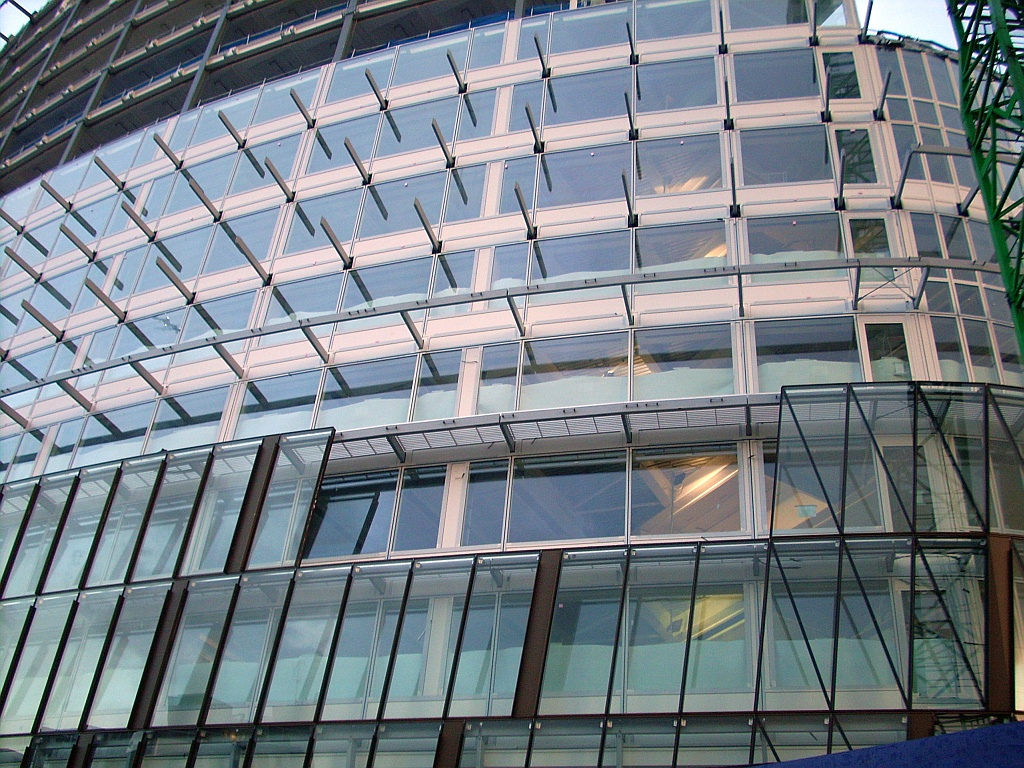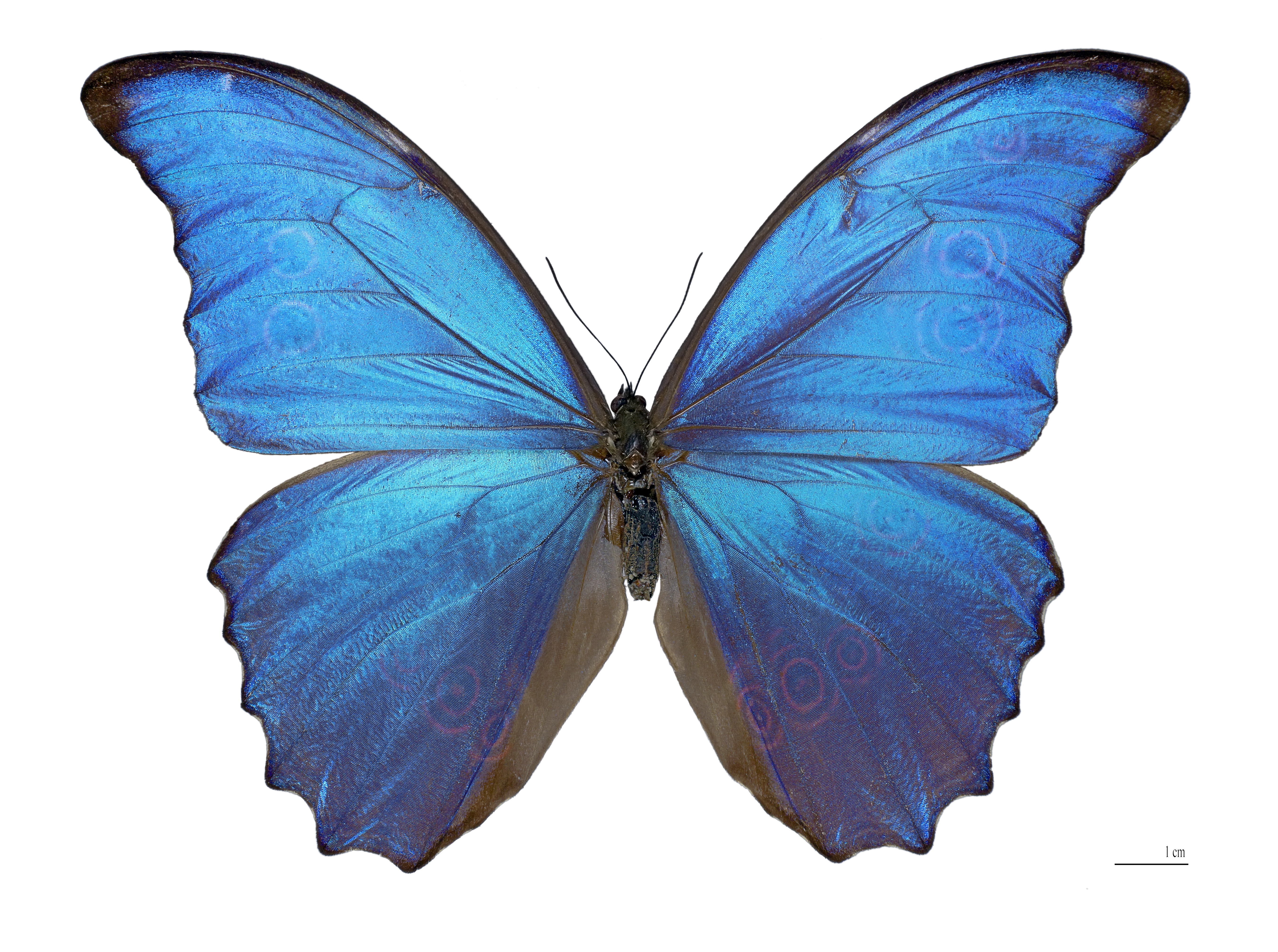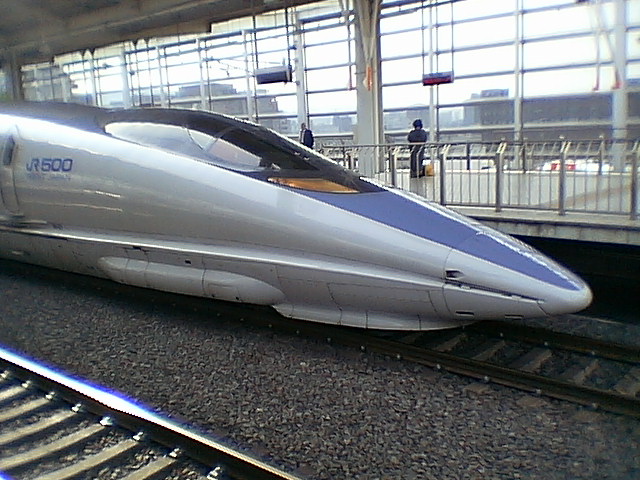Biomimicry
Enlarge text Shrink text- Work cat.: 2009044023: Bio-inspired nanomaterials and nanotechnology, c2009.
- Wikipedia, viewed Nov. 4, 2009(Biomimicry; "examines nature, its models, systems, processes, and elements-- and emulates or takes inspiration from them to solve human problems ...")
- EI, viewed Nov. 4, 2009(uncontrolled identifier: Biomimicry; also in text: Bio-inspired engineering)
- INSPEC, viewed Nov. 4, 2009(uncontrolled indexing: Biomimicry)
- ASTI, viewed Nov. 4, 2009(in titles and abstracts: Biomimicry)
- Washington Post Science column, Dec. 29, 2008(quoting Gunter Pauli, of ZERI, in Geneva "'the idea behind biomimicry is that life has already solved the challenges that we're trying to solve'")
Biomimetics or biomimicry is the emulation of the models, systems, and elements of nature for the purpose of solving complex human problems. The terms "biomimetics" and "biomimicry" are derived from Ancient Greek: βίος (bios), life, and μίμησις (mīmēsis), imitation, from μιμεῖσθαι (mīmeisthai), to imitate, from μῖμος (mimos), actor. A closely related field is bionics. Nature has gone through evolution over the 3.8 billion years since life is estimated to have appeared on the Earth. It has evolved species with high performance using commonly found materials. Surfaces of solids interact with other surfaces and the environment and derive the properties of materials. Biological materials are highly organized from the molecular to the nano-, micro-, and macroscales, often in a hierarchical manner with intricate nanoarchitecture that ultimately makes up a myriad of different functional elements. Properties of materials and surfaces result from a complex interplay between surface structure and morphology and physical and chemical properties. Many materials, surfaces, and objects in general provide multifunctionality. Various materials, structures, and devices have been fabricated for commercial interest by engineers, material scientists, chemists, and biologists, and for beauty, structure, and design by artists and architects. Nature has solved engineering problems such as self-healing abilities, environmental exposure tolerance and resistance, hydrophobicity, self-assembly, and harnessing solar energy. Economic impact of bioinspired materials and surfaces is significant, on the order of several hundred billion dollars per year worldwide.
Read more on Wikipedia >
 Topic
Topic














